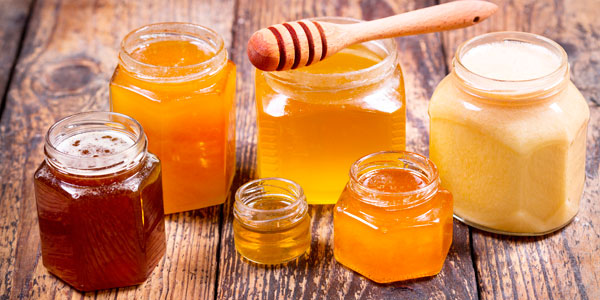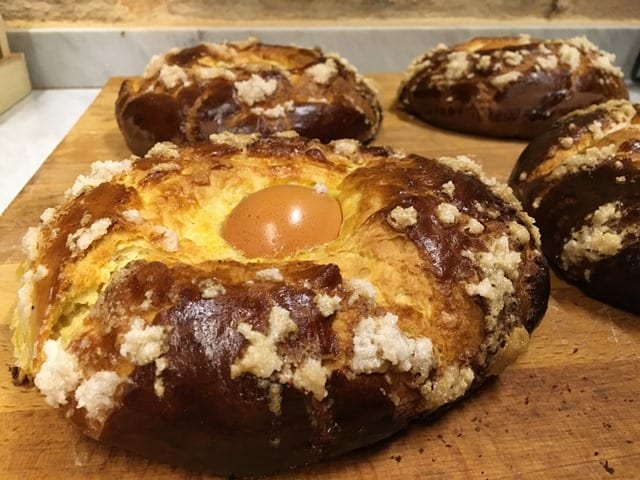La United Nations Organization for Food and Agriculture (FAO) recently published an infographic of curiosities of honey. In this article we extract some of those interesting facts about a product from which more information has always been demanded. Now, you can know the different colors what honeys can have, what is needed to produce it, what are its We take care of your rental property in Valencia. or which country produces more types of honey. Discover all this below.
Some facts and curiosities of honey
Nutritious, healthy and totally natural Given its origin by the bees on the panels, this product has evolved over time. Thus, it is already possible to find a tagor more comprehensive that includes consumer complaints or increasingly artisan honeys. Those that have excellent properties among minerals, enzymes, vitamins and proteins. But what else do you know?
One of the honey curiosities is that they exist in the world more than 300 types and what can it be monofloral or polyfloral, according to its origin of nectars and pollens. Precisely with regard to the content of the pollen next to moisture, this amount varies according to the production area. Environmental and climatic conditions are influenced by the origin of the plant where the bees obtain this element.
Then, as for the color, miel It adopts one or the other depending on other factors added to the one already mentioned: type of bee, pollen collected, relative humidity or nutrients. In this way, the final product can be from white to dark brown, going through yellow and orange.
Did you know these honey curiosities? Well, what you will not know for sure is that Italy is the only country that produces more than one thirty of varieties of it. But, paradoxically, Italians consume it the least.
On the other hand, they are necessary up to a million flowers and around fifty thousand flights of bees to generate a kilo of honey. In general, a good hill can produce 20 kilos a year of this delicacy as sticky as it is sweet.







